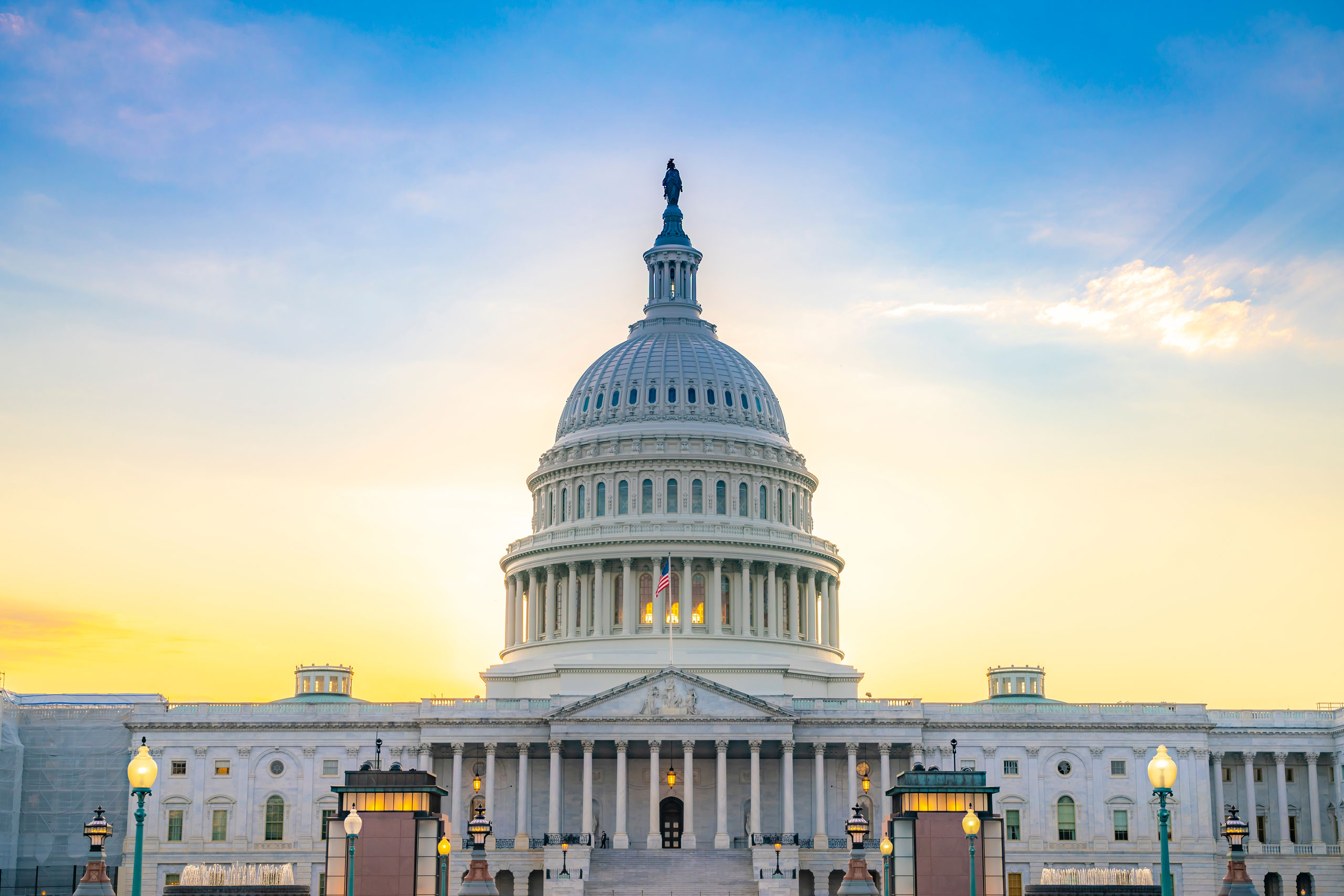
Capitol Hill Turnover
By Eric Snyder
2020 was anything but a typical year, defined by difficult world events that disrupted almost every facet of life. It should be no surprise that the results of the November election were equally unique. As the political world tried to make sense of the mixed messages that voters sent to Washington, D.C., on Election Day, the balance of power in Congress was uncertain for longer than desired. Two U.S. Senate races in Georgia, which carried over into a January 5 runoff election, determined which political party controls the Senate. Let’s take a look at the results of the elections and how they will impact the issues on the legislative horizon in the 117th session of Congress (2021 and 2022).
Much like the 2016 election, political pundits predicted that the 2020 election would be disastrous for the Republican Party. Public polls consistently showed former Vice President Joe Biden with a commanding lead over President Donald Trump in almost every swing state, and there was an expectation that Biden would win the race handily and provide strong coattails that would expand the Democratic majority in the U.S. House of Representatives and help the party regain control of the U.S. Senate.
The results of the election ended up not being nearly as clear cut, proving the polls wrong once again. Former Vice President Biden won by a margin of 306 electoral votes to 232, but Republicans picked up 14 seats in the House of Representatives. Democrats retained the House, although the party will have its slimmest majority in the chamber since 1945.
As if the 2020 election cycle didn’t last long enough, the two U.S. Senate races in Georgia both went into runoffs, since no candidate received at least 50% of the vote in November. (Georgia state law requires a separate election between the top two candidates if no candidate receives majority support.) The balance of power in the U.S. Senate for the next two years depended on the outcomes of the runoffs.
Democrats needed to win both seats to take control of the Senate. A win by either incumbent Senator David Perdue (R-GA) or Senator Kelly Loeffler (R-GA) would have enabled Republicans to retain their majority. However, both Democrats, Jon Ossoff and Reverend Raphael Warnock, prevailed. With their triumphs, a unified Democratic government was established for the next two years.
As we move forward, President Biden faces the challenge of uniting a divided electorate as his administration works with Congress to pass bipartisan legislation to help the economy recover.
Finding common ground between Republicans and Democrats is no small task, as the divide between the respective parties is as wide as it’s ever been. While the U.S. Senate is controlled by Democrats, the chamber will retain its role as a moderating force. Additionally, the House will face a greater challenge in passing legislation, given the Democrats’ slim majority and the diversity of thought within its caucus on most issues. It is our hope that this will help the House restore the bipartisan policymaking process that was once the norm.
There are many factors that will impact the issues Congress chooses to prioritize over the next two years. A comprehensive infrastructure bill is expected to be a top priority for both Republican and Democratic leadership. With many roads and bridges in disrepair, an infrastructure bill is ripe for bipartisan consensus. It is also an issue of critical importance to automotive enthusiasts and the supporting industry.
As always, the SEMA Action Network (SAN) will continue working with our nation’s leadership to protect the future of our beloved hobby!
